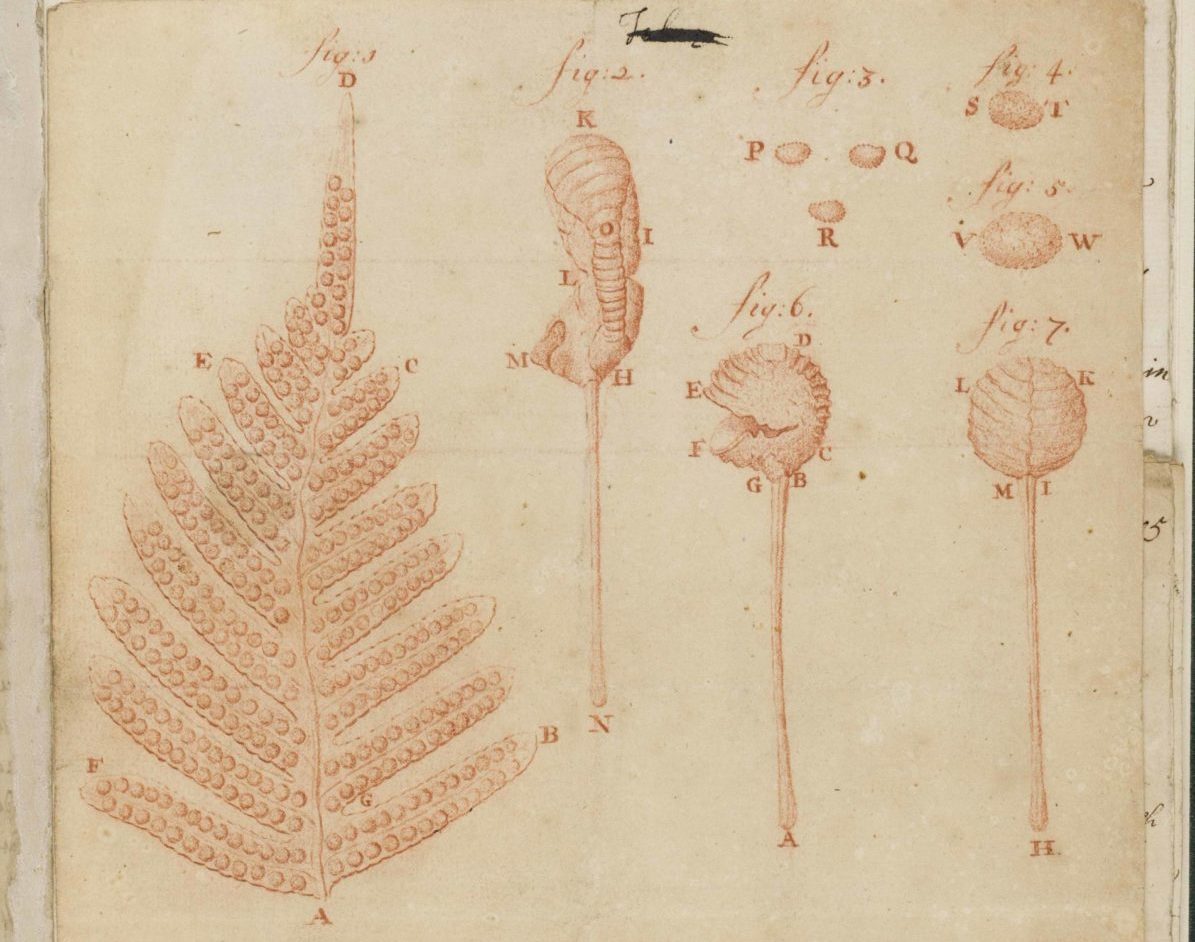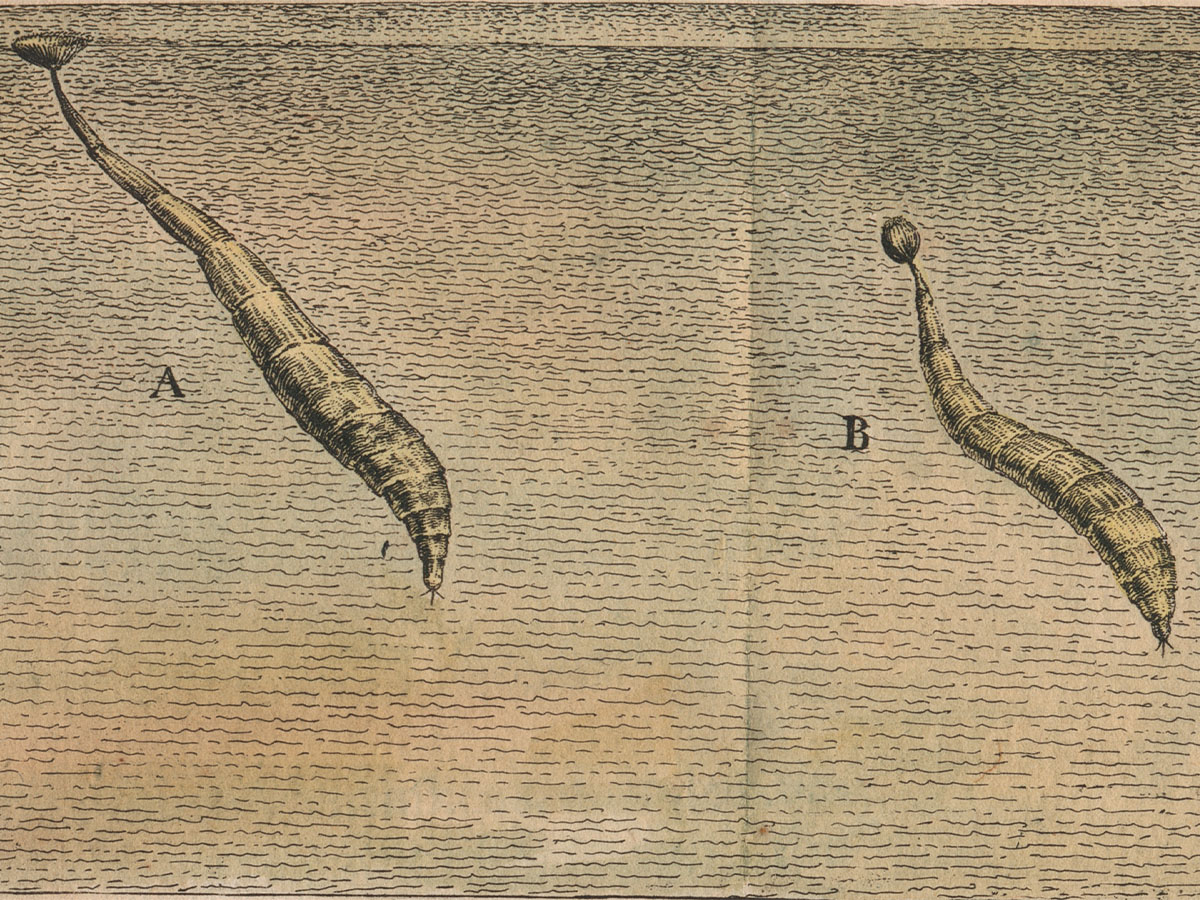Continuing our research from the reconstructions we made during the Microlabs, the VisionLabs aim to take a much closer look at sketches, drawings, prints and books. Here, we started with a party new team, including a professional scientic illustrator and other artists, and historians of the book. Visiting various collections and libraries in the Netherlands and abroad, we discuss the materials, materiality and artistic techniques that were used in the past. Never taking images for granted, we scrutinize the various visualization techniques employed by makers. Trying to understand the purpose(s) they served, how they communicate knowledge, how images were made readable, and what differences and similarities in visualization approaches could signify.
Like the Microlabs the VisionLabs consist of a series of case studies. But unlike the MicroLabs, these case studies are not about doing, but about viewing. Looking closely with eyes informed by different backgrounds and expertise, we aim to unravel more about how the unknown was visualized in the seventeenth-century and beyond.


